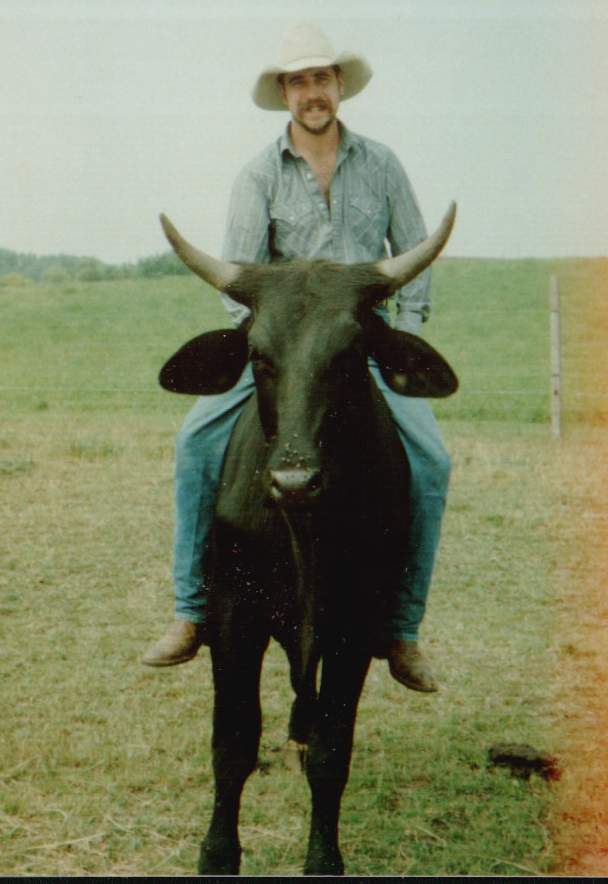How Federal Motor Carrier Safety Regulations Affect Horse Trailers.
In 1986, Congress passed the Federal Commercial Motor Vehicle Safety Act (FCMVSA/86). This law requires each State to meet the same minimum standards for commercial driver licensing. The states may have more stringent regulations of their own, but they may not lessen the standards.
Commercial Motor Vehicle (CMV) has two definitions according to The United States Department of Transportation (USDOT), Federal Highway Administration FHWA. The difference comes into play when discussing requirements for Commercial Driver's License (CDL) and Federal Motor Carrier Safety Regulations (FMCSR)
FOR THE PURPOSES OF COMMERCIAL DRIVER'S LICENSE (CDL)
Commercial Motor Vehicle (CMV) - a motor vehicle or combination of motor vehicles used in commerce to transport passengers or property if the motor vehicle -
- has a gross combination weight rating (GCWR) of 26,001 lbs. or more inclusive of a towed unit with a gross vehicle weight rating of more than 10,000 lbs.
- has a gross vehicle weight rating (GVWR) of 26,001 lbs. or more or
- is designed to transport 16 or more passengers, including the driver: or
- is of any size and is used in the transportation of materials found to be hazardous for the purposes of the Hazardous Materials Transportation Act and which require the motor vehicle to be placarded under the Hazardous Materials Regulations.
FOR THE PURPOSES OF FEDERAL MOTOR CARRIER SAFETY REGULATIONS (FMCSR)
Commercial Motor Vehicle means any self-propelled or towed vehicle used on public highways in interstate commerce to transport passengers or property when:
- the vehicle has a gross vehicle weight rating (GVWR) or gross combination weight rating (GCVWR) or 10,001 or more pounds; or
- the vehicle is designed to transport more than 15 passengers, including the driver; or
- the vehicle is used in the transportation of hazardous materials in a quantity requiring placarding under regulations issued by the Secretary under the Hazardous Materials Transportation Act.
Interstate Commerce - Any trade, traffic, or transportation in any State which is between a place in a State and a place outside of such State (including a place outside of the United States) or is between two places in a State through another State or a place outside of the United States.
Intrastate Commerce - 1. Any trade, traffic, or transportation in any State which is not described in the term "interstate commerce" 2. Wholly within one state.
"Commerce" can be more loosely defined as actually "involved in a commercial venture" or the "intent" to make a profit. This does not mean actually making a profit! Running a commercial stable, hauling horses for show (with intent to profit), race, sale, training, or for compensation are some examples of commercial enterprises. Prize money and showing to increase the value of the horse can be interpreted as profit.
The Federal Motor Carrier Safety Regulations (FMCSR) in general deal with the marking of the vehicle (identification signs on the vehicle), inspection sticker, medical card, log book, emergencies procedures, and parts and accessories necessary for safe operation. US DOT, FHWA publishes the Federal Motor Carrier Regulations Pocketbook.
How do these regulations and terms apply to horse trailers?
- If you are driving a vehicle or combinations of vehicles under 10,001 lbs. GVWR or GCVWR, you don't have to be concerned with the FMCSR's or a commercial driver's license (CDL). You must, however, follow the safety equipment requirements and driver's license requirements of your own state.
- If you are driving a vehicle or combination of vehicles interstate 10,001 to 26,000 pounds GVWR, you must decide if you are commercial and subject to FMCSR. You do not need a commercial driver's license (CDL), although your home state may have an additional classification of driver's license. (The initial decision is up to the owner whether or not he/she is pursuing a hobby or is involved in interstate commerce and he/she bears the burden of proof. If you only travel within your state, you may follow the state definitions of commercial, but if you plan to travel into other states and your vehicle or combination is 10,001 lbs or more, the official recommendation from Federal Authorities is that you follow FMCSR's)
- If you are driving a vehicle or combination of vehicles intrastate 10,001 to 26,000 lbs GVWR, you must follow your home state requirements if they differ from the Federal requirements.
- If you are driving a vehicle or combinations of vehicles 26,001 lbs. GVWR or more interstate you must have a commercial driver's license (CDL) and you must follow FMCSR.
- If you are driving a vehicle or combination of vehicles 26,001 lbs. GVWR or more intrastate, you must follow your state guidelines for commercial licensing (CDL), and FMCSR requirements.
Farm exemptions can be obtained in some instances, but the vehicle must stay within 150 miles of home.
Many states require trucks and trailers to have license plates that are labeled "commercial" but this does not always mean you are considered "commercial" in all states.
This article was written by Neva and Tom Scheve, authors of the, "The Complete Guide to Buying, Maintaining, and Servicing a Horse Trailer" and the owners of EquiSpirit Horse Trailers.








 Trouble hauling through Iowa
Trouble hauling through Iowa













